
Minnesota's Best Remote Camping Sites
Minnesota's Best Remote Camping Sites
By Frank Bures
Sometimes you want to get away from it all. Other times, you want to get really, really far away from it all.
Between its two national forests, two national parks, 59 state forests, 64 state parks, and the Boundary Waters Canoe Area Wilderness, Minnesota has some of the best remote camping in the country. It’s a great state to lace up your hiking boots and hoist your pack, or load your canoe and light out for the last few remote parts of the territory. Once you get there, you can be alone with your thoughts and the stars and find those old rhythms from a more distant past.
Here are some of the best places to get truly off the grid.
THE NORTHWOODS
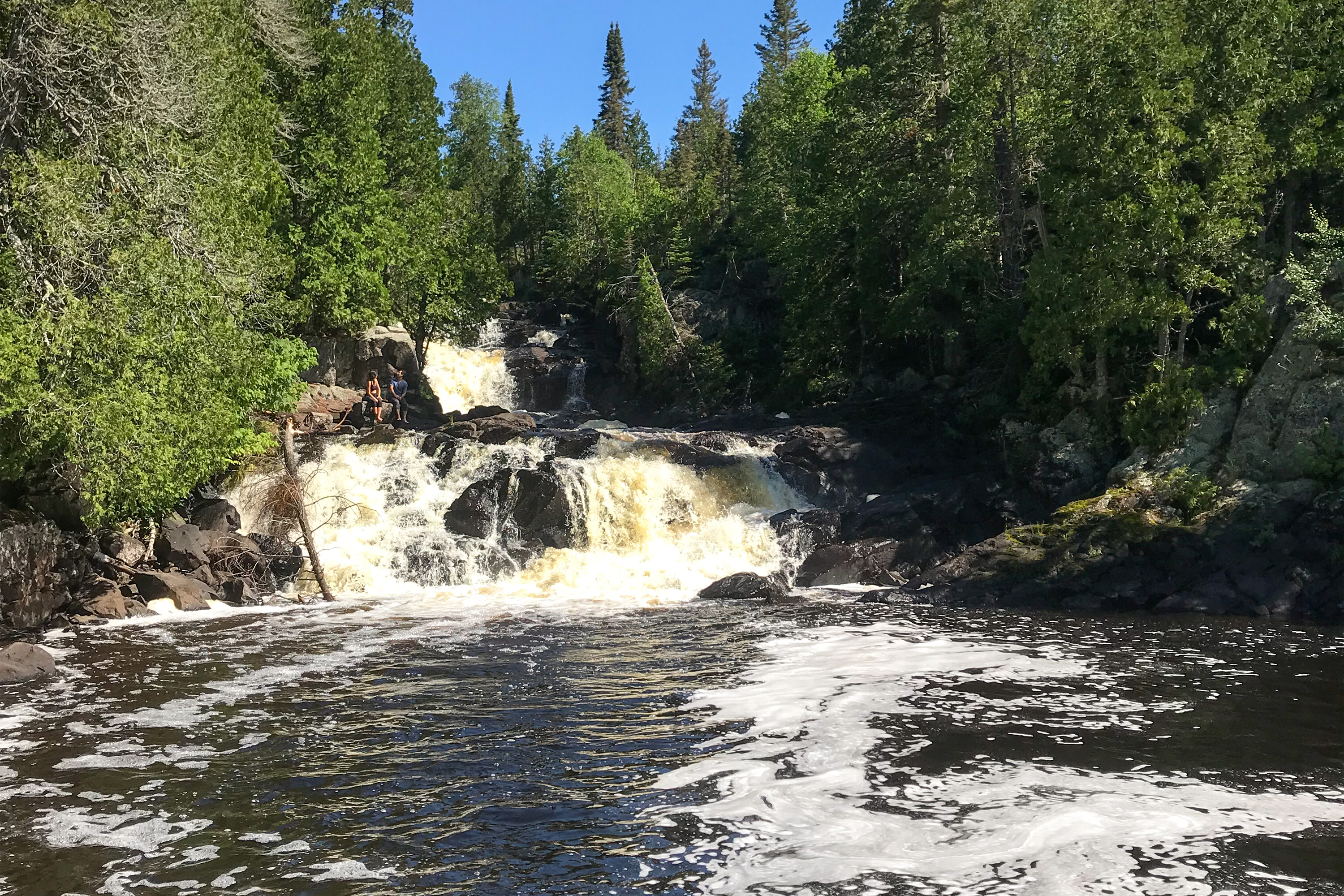
George H. Crosby Manitou State Park / Dana Hernandez
George H. Crosby Manitou State Park
Moving down the shore, the Superior Hiking Trail runs through George H. Crosby Manitou State Park, which has 20 of its own backpack-in campsites. Most of the sites are located alongside the Manitou River where it cascades down to Lake Superior.
Other campsites in the park are located around Benson Lake, and the nearby Cascade River State parks also has five backpack-in sites. Further inland, Bear Head Lake State Park has four backpack-in sites.
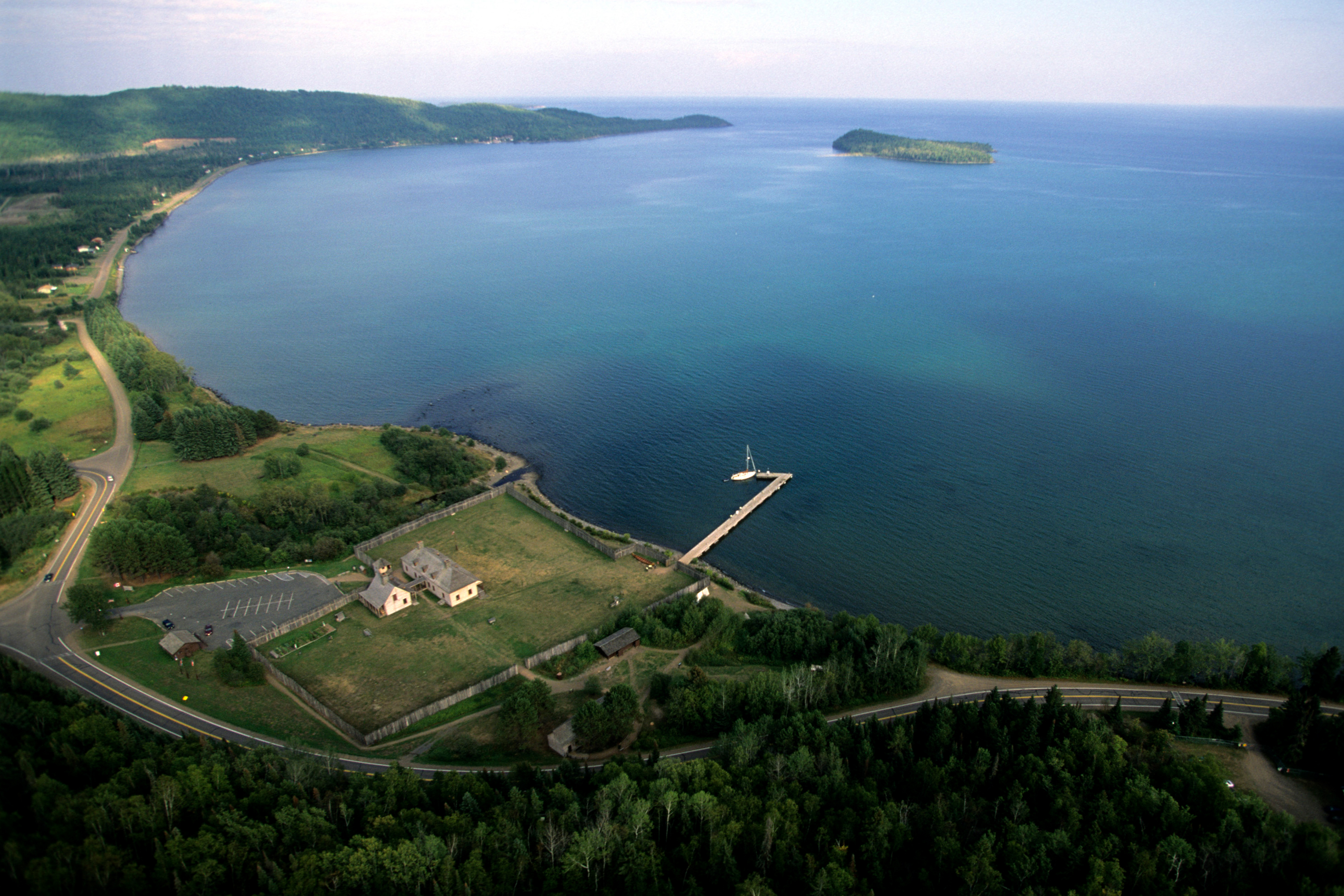
An aerial view of Grand Portage National Monument
Grand Portage Trail
At the very tip of Minnesota you’ll find the historic Grand Portage, which is run by the National Park Service. The Grand Portage Trail starts at Grand Portage National Monument on the shore of Lake Superior and climbs over the sawtooth mountains for 8.5 miles. You pass through the Grand Portage Indian Reservation until you reach the Pigeon River and the former site of Fort Charlotte.
The end of the trail has two campsites, for which you’ll need a (free) backcountry permit. Once you get there, you’re unlikely to see any other people. The river is as quiet as it has been for the last 2,000 years that the Grand Portage has been traveled as a gateway to the backcountry.

The Milky Way lights up the skies around Jay Cooke State Park / Credit: Beau Liddell
Jay Cooke State Park
At the south end of the Superior Hiking Trail is Jay Cooke State Park, which is relatively close to Duluth. After you cross the St. Louis River, you’ll find several backpack-in campsites like Silver Creek, High Landing and Lost Lake.
Reservations are required, but if you can get them, these are the perfect place to lose yourself, whether you’re on your way to the Southern Terminus, or just needing to get remote.
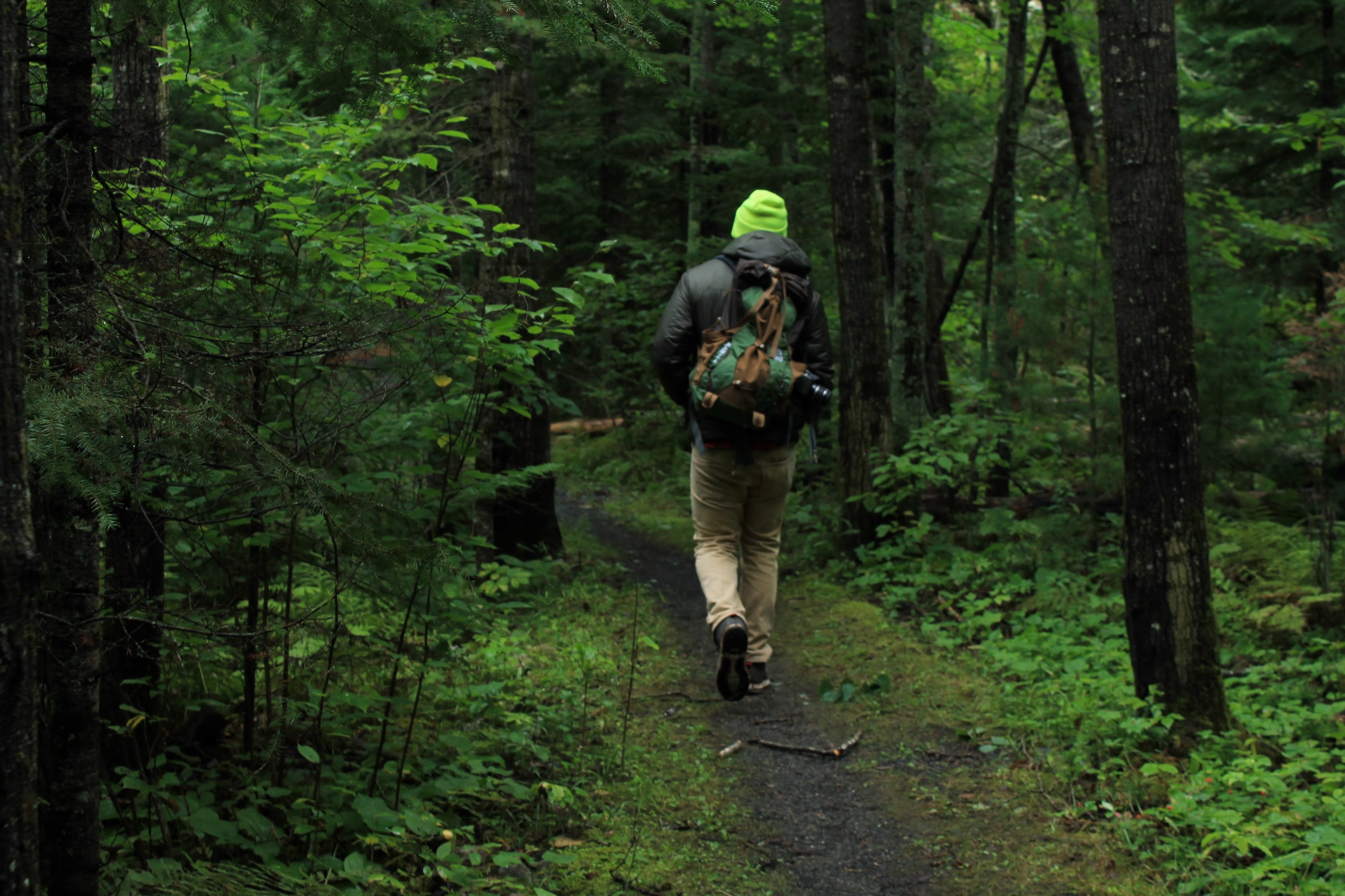
Kab-Ash Trail in Voyageurs National Park / Credit: Alyssa Hei
Northern Trails
If the Grand Portage isn’t remote (or long) enough, you may want to head over to the Border Route Trail, a 65-mile hiking trail that runs through the Boundary Waters Canoe Area. It’s not for slackers or novices, but your work will be rewarded with solitude. There are 18 established rustic campsites along the way, with a fire grate and backcountry latrine, including sites at Gogebic Lakes, Loon Lakes and Portage Brook.
The Border Route Trail connects to the Kekekabic Trail, which also has 11 remote campsites, including at Gabimichigami Lake and Bingshick Lake.
A bit further west, in Voyageurs National Park, there are also two remote campsites — Red Pine and Blueberry Ridge — along the Kab-Ash Trail. These are only accessible by foot, so pack your bag and head in. You’ll need a backcountry permit from the U.S. Forest Service for the Kekekabic Trail and Border Route Trail.
Contact Voyageurs National Park for a Kab-Ash Trail permit.
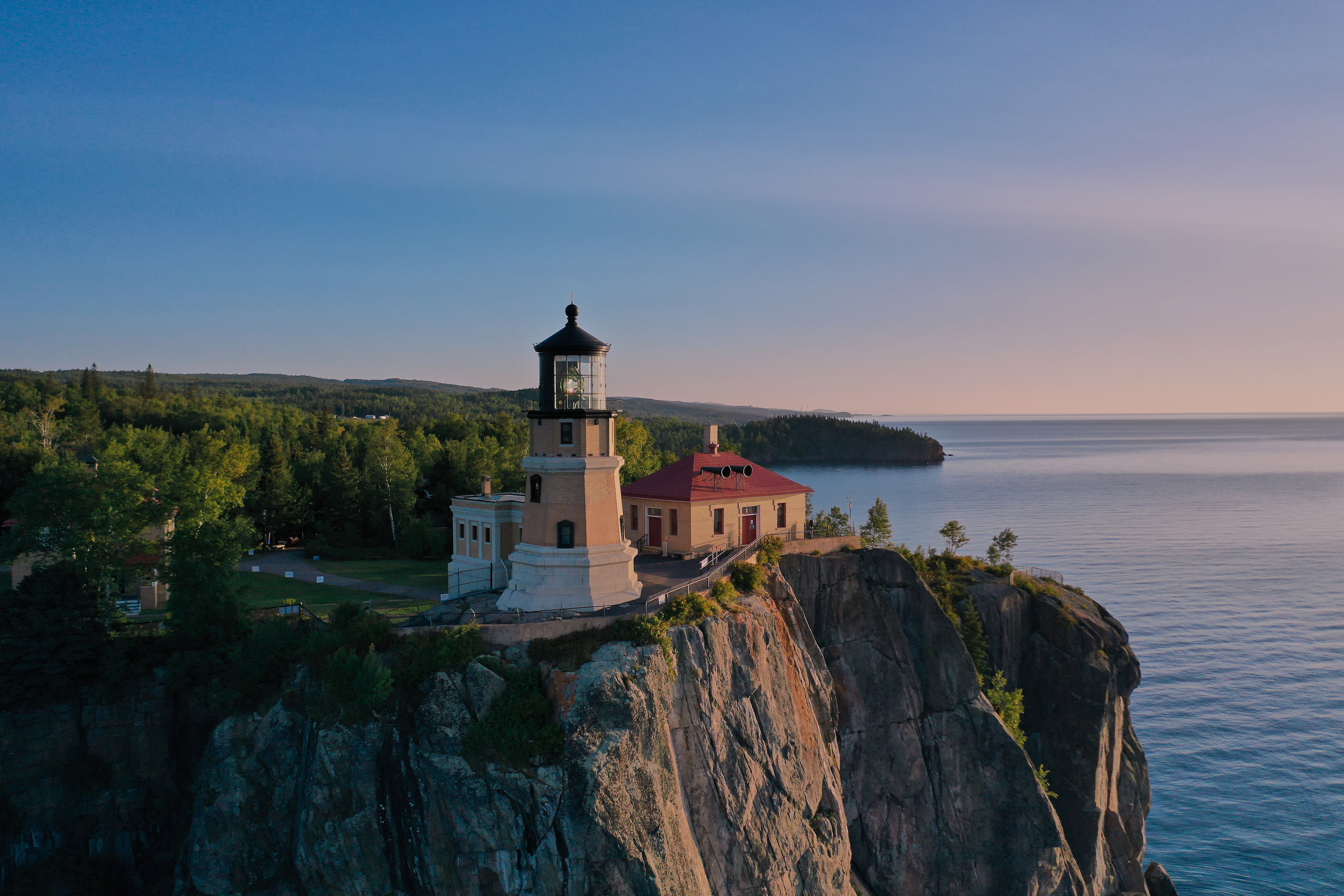
Split Rock Lighthouse State Park in Two Harbors / Paul Vincent
Split Rock Lighthouse State Park
Running along the north shore of Lake Superior, Split Rock Lighthouse State Park is one of the more convenient (and popular) places to get remote if you can get a reservation. The park sits between Highway 61 and Lake Superior and is also home to the historic Split Rock Lighthouse.
The Superior Hiking Trail also runs through the park, but Split Rock has 12 miles of its own hiking trails near the shore, which lead to the park’s 20 semi-remote cart-in sites and four backback-in sites, two of which are designated as canoe/kayak sites as well.
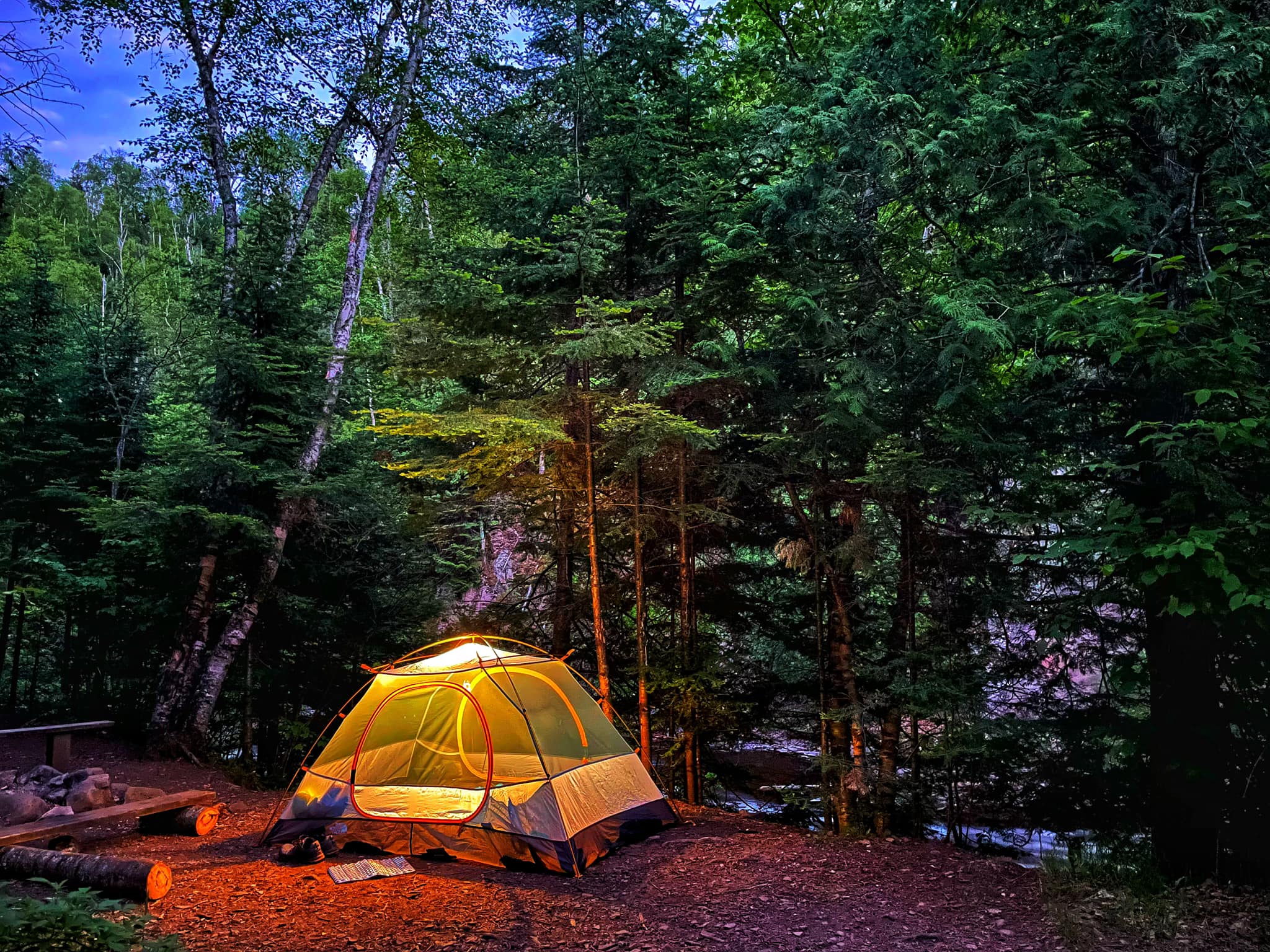
East Devil Track campsite on the SHT / John Schwager, courtesy of the Superior Hiking Trail Association
Superior Hiking Trail
The Superior Hiking Trail is one of the crown jewels of Minnesota’s outdoors, and one of the best places to get remote, particularly at the northern end, were the SHT Campsites like Andy Creek, Caribou Pond and Jackson Creek offer a place to rest along the 310-mile footpath down the North Shore.
Further south, you’ll have views of Lake Superior on one side and the vast expanse of Superior National Forest on the other.
REMOTE BY BOAT
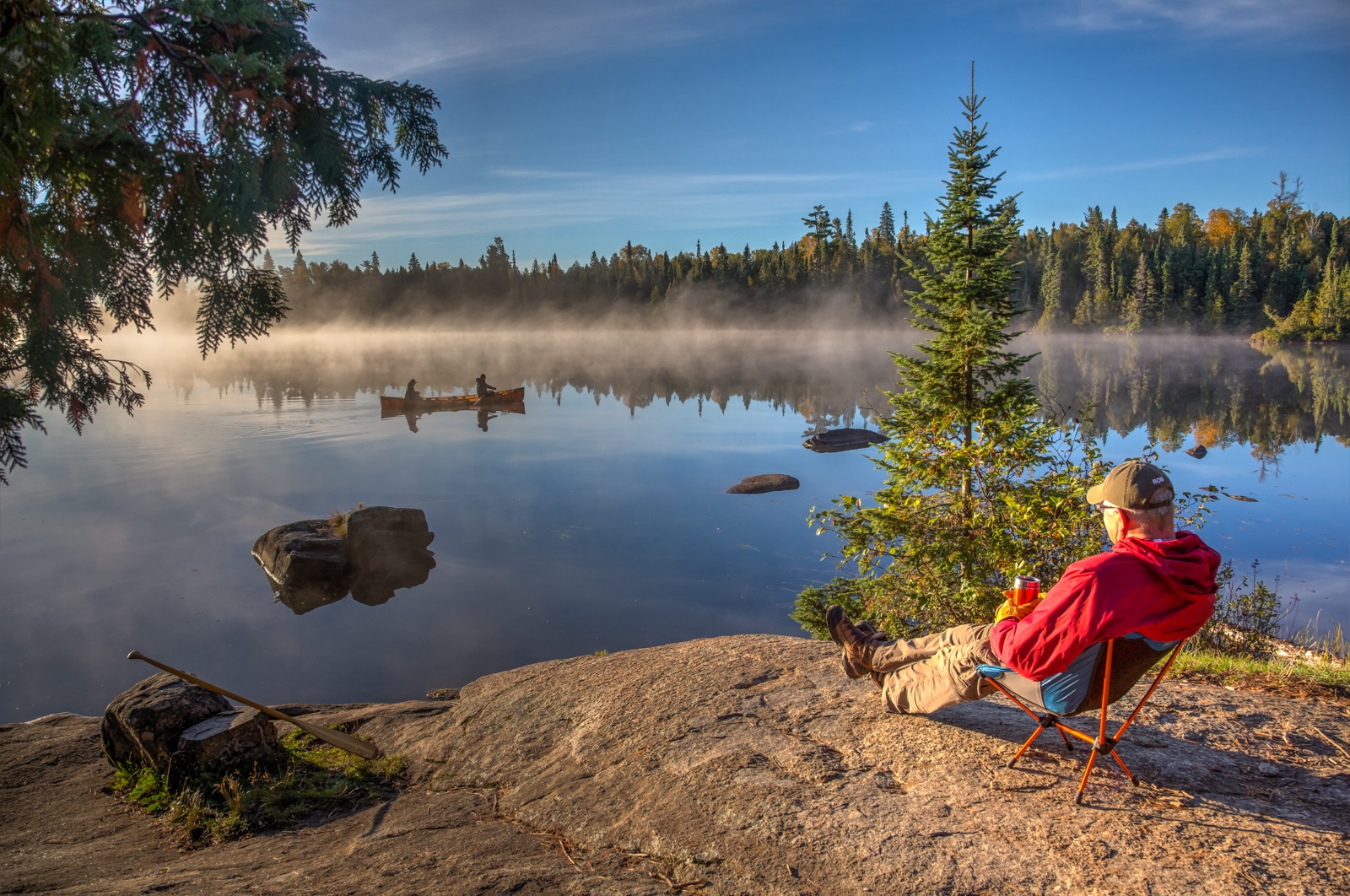
Camping and canoeing in the Boundary Waters / Credit: Gary Hamer
Boundary Waters Canoe Area Wilderness
No list of remote campsites would be complete without the Boundary Waters. The only problem is that there are some 2,000 campsites along 1,200 miles of canoe routes, so it’s impossible to name a few. The lakes and campsites close to entry points can be crowded and the campsites are often full.
But if you want a remote camping experience, all you need to do is get a little further out. A solid day of paddling (and certainly two days) will be enough to weed out the weekend warriors and get you far from everything but the stars, the wildlife and the water.
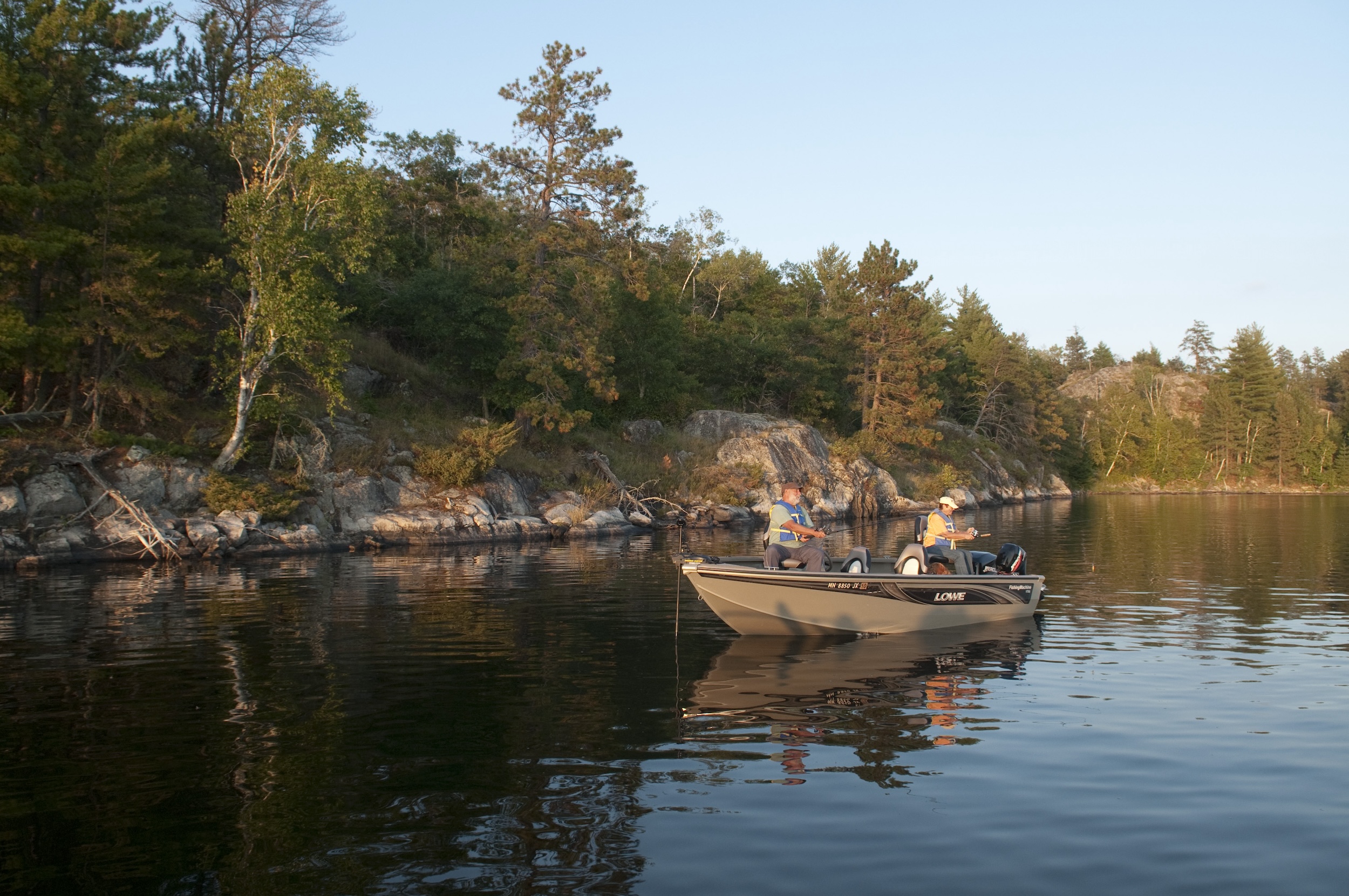
A couple friends fish in Kabetogama Lake
Kabetogama State Forest
If you don’t want to go as far as Voyageurs or the Boundary Waters, but still want to keep it remote, Kabetogama State Forest has 10 rustic island campsites that are only accessible by boat on Hinsdale Island in Lake Vermillion. Each site has a fire ring, picnic table, bear box and wilderness latrine.
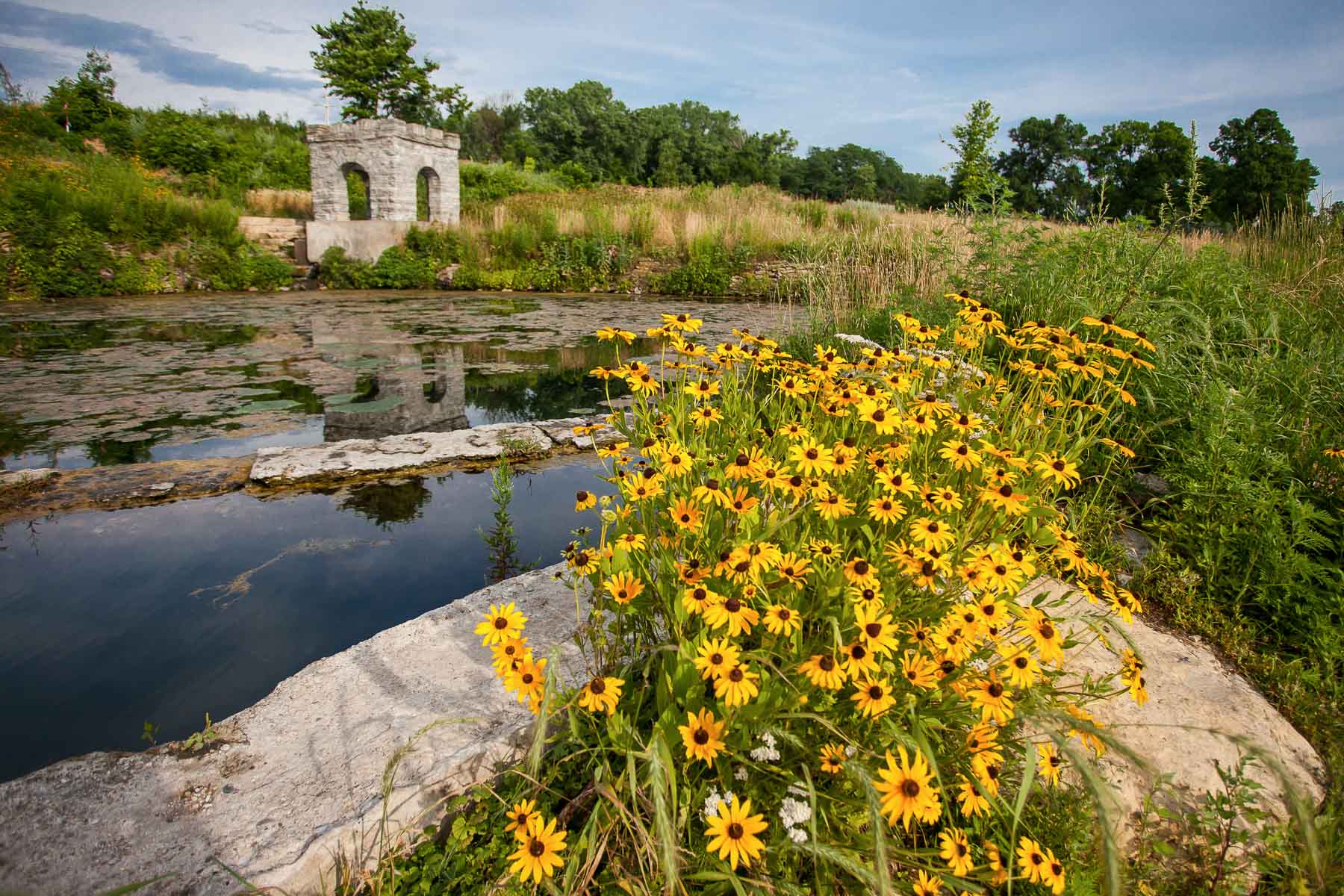
Mississippi National River & Recreation Area / Credit: Gordon Dietzman, courtesy of the U.S. National Park Service
Mississippi National River & Recreation Area
More than 650 miles of the Mississippi River flow through Minnesota, much of which still feels very wild, and belongs to the National Park’s Mississippi National River & Recreation Area. And when you’re on the river, even with cities and towns along the way, it can still feel very remote.
The river is home to thousands of islands, many of which are open for camping, particularly those south of the metro area where the river widens after the Mississippi River Gorge. You’ll need a boat to get there (a canoe or kayak is best), but once you arrive, it’s almost like the 1800s with cell service (usually).
Above Minneapolis, there are designated campsites on Foster Island and Cloquet Island in Mississippi West River Park near Anoka. Below St. Paul, you’ll have to make your own site on the beautiful, sandy islands that dot the river.
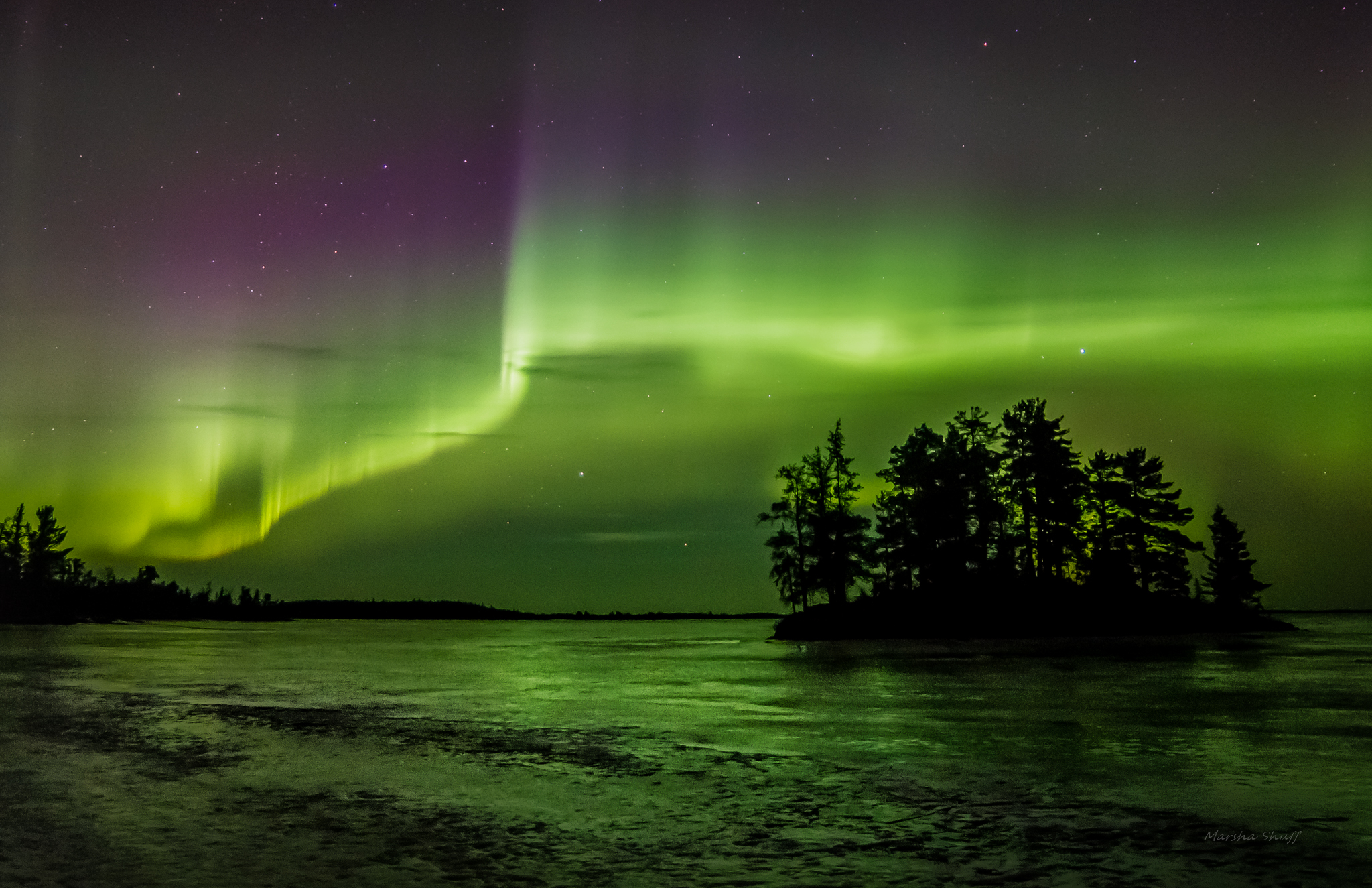
See the Northern Lights at Voyageurs National Park in northern Minnesota / Martha Shuff
Voyageurs National Park
Voyageurs National Park is arguably one of the world's best places for remote camping. In addition to 137 frontcountry campsites, there are 14 backcountry campsites, some of which are deep in the Kabetogama Peninsula, and only accessible by canoe and portage. These include Shoepack Lake, War Club Lake, Oslo Lake and others.
You’ll need to go to the to the Voyageurs National Park Camping Permits page on recreation.gov to get a permit.
BACKPACK-IN
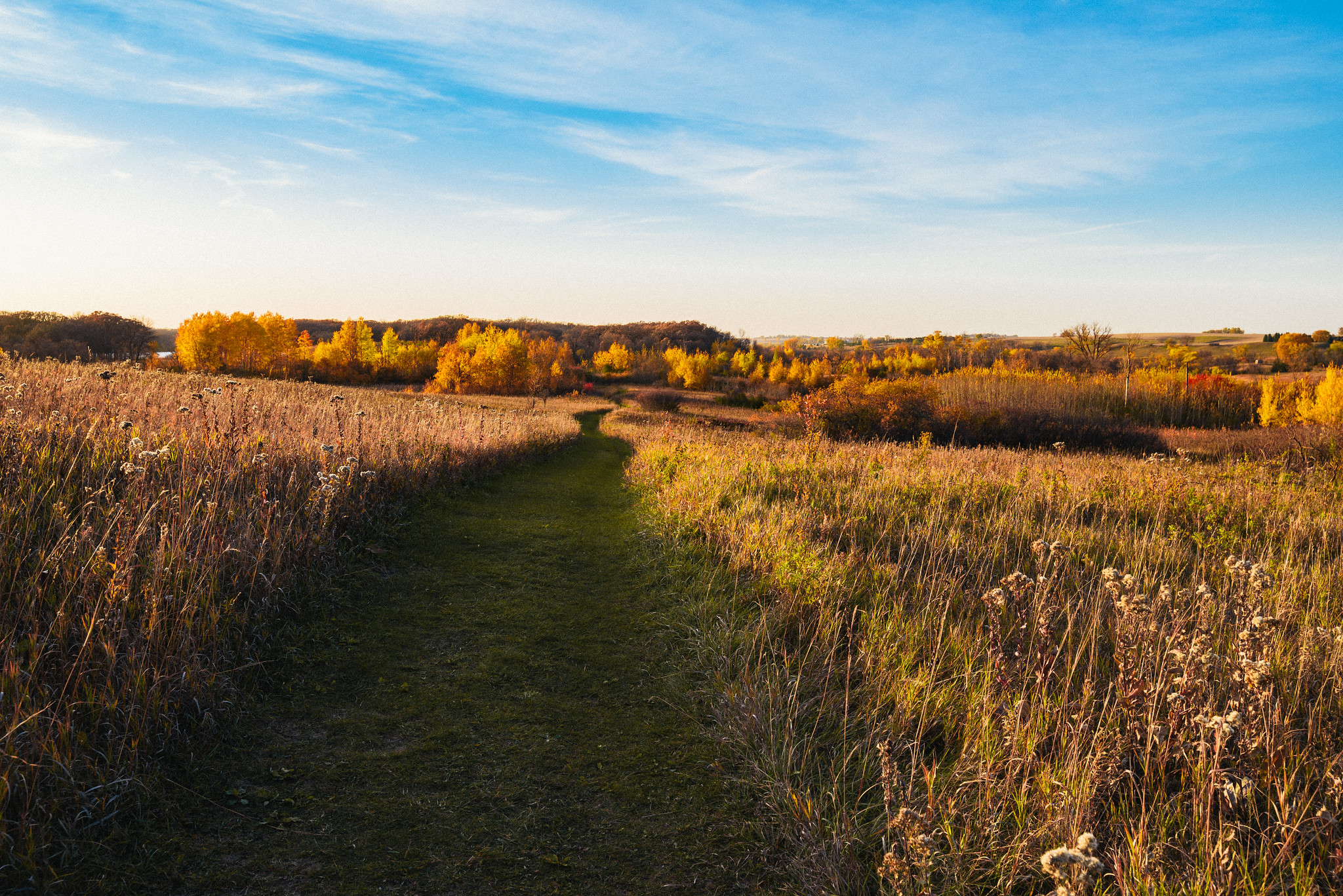
Fall colors on the High Peak Trail at Glacial Lakes State Park / Credit: Tony Webster
Glacial Lakes State Park
If you want to get remote without undertaking a major expedition, the “backpack-in” sites at Minnesota’s state parks are a great option.
Glacial Lakes State Park is one of the prime places to get a feel for the prairie landscape that once covered southwestern Minnesota. The park's 16 miles of hiking trails roll over the moraines, eskers and kettles left by the glaciers. They also take you to the park’s four backpack-in campsites, several of which sit alongside the glacial lakes that give the park its name.
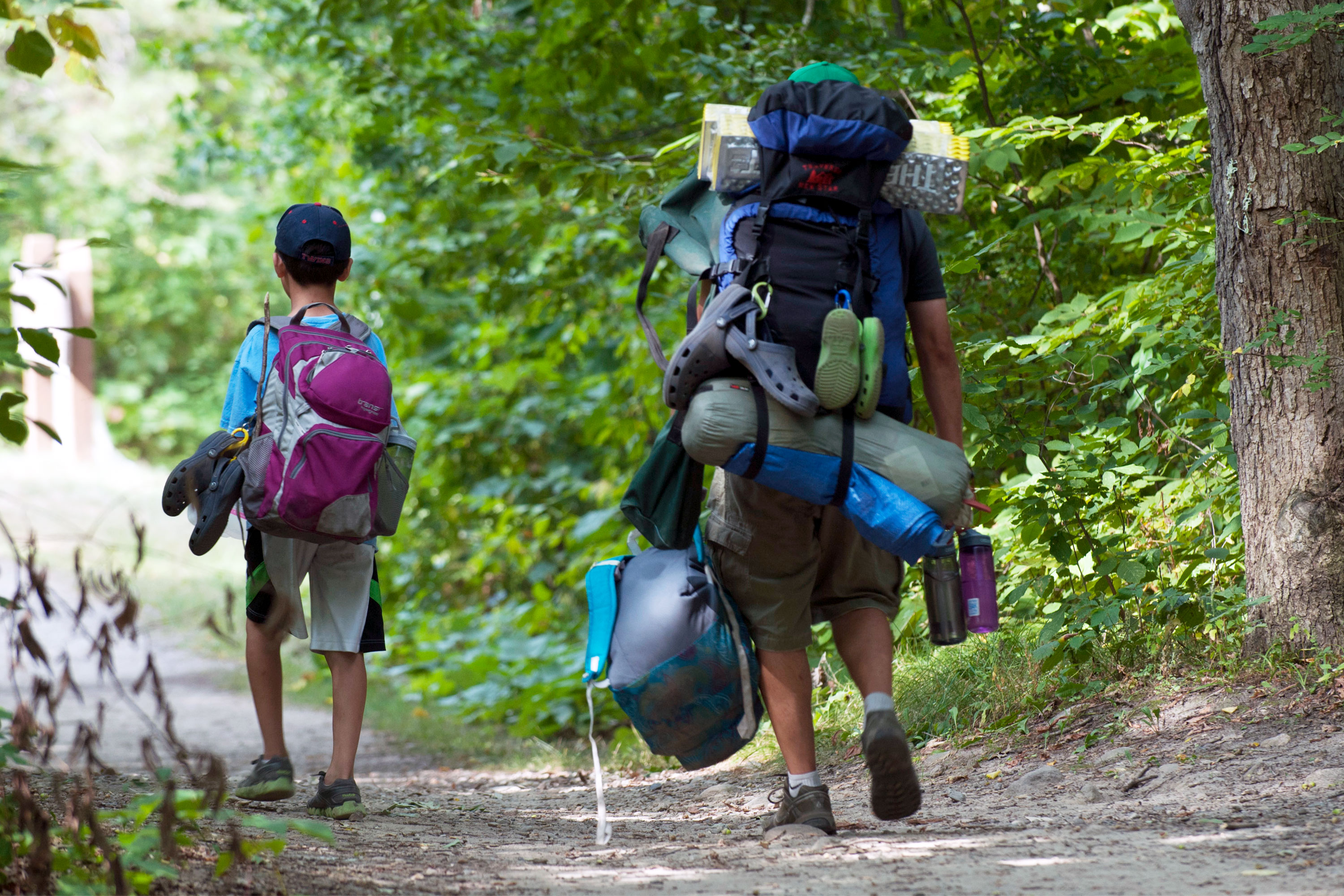
Backpacking at Lake Maria State Park
Lake Maria State Park
Closer to the Twin Cities is Lake Maria State Park, which is set in one of the last stands of central Minnesota's “Big Woods” maple, oak and basswood forest. The park also has a whopping 17 backpack-in campsites. Outside the Northwoods, this is one of the best places to find some solitude.
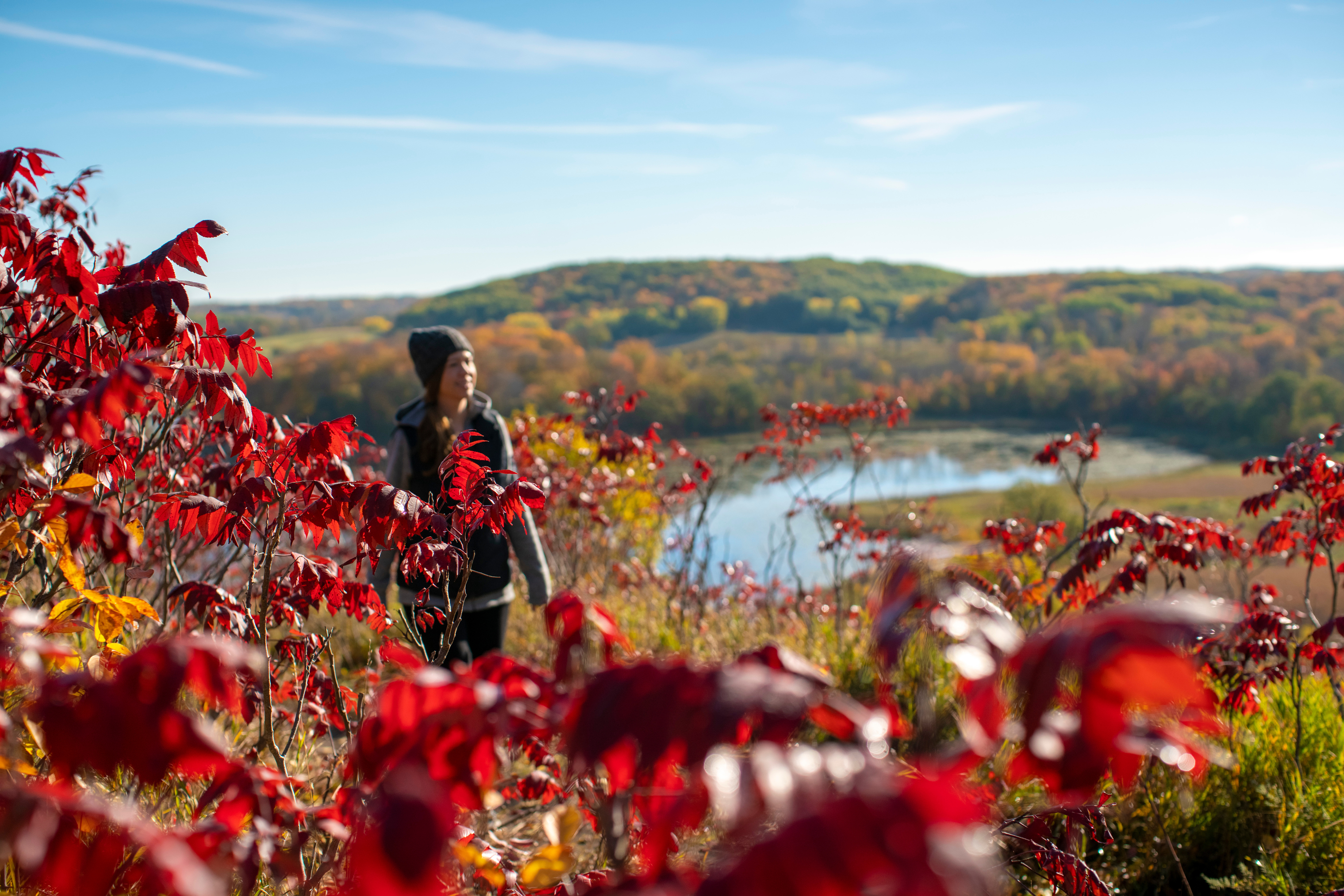
The scenic hiking trails at Maplewood State Park offer incredible hilltop views / Credit: Micah Kvidt
Maplewood State Park
This central Minnesota park is covered in a mix of forest and prairies, and dotted with lakes. The area has a 6,000-year history of habitation, and the park is located along the 4,800-mile North Country National Scenic Trail, which runs from North Dakota to Vermont. The park has three backpack-in campsites located along lakes deep in the park.
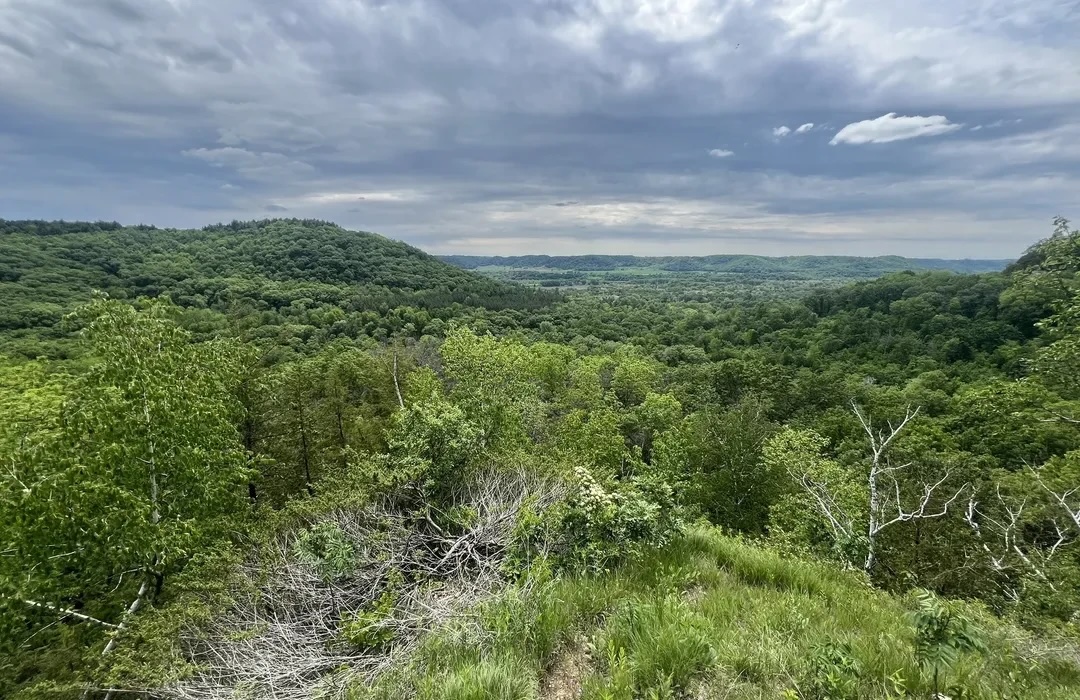
Richard J. Dorer Memorial Hardwood State Forest / Credit: Alltrails
Richard J. Dorer Memorial Hardwood State Forest
Apart from the islands in the Mississippi, remote camping can be hard to come by in southeastern Minnesota. In this million-acre state forest (much of it comprised of private land) there are 10 campgrounds, one of which has two backpack-in campsites in the 188-acre Isinours Management Unit just north of Preston, Minnesota. The sites are primitive, with just a fire ring and table. But what more do you need?

Wild River State Park
Wild River State Park
The St. Croix River was one of the first waterways to be designated a Wild and Scenic River. Along the river’s shore you’ll find this 5,000 acre park with some of the best remote camping in this part of the state. In addition to 35 miles of trails and 18 miles of river shoreline, it has eight backpack-in sites and four canoe-in sites.
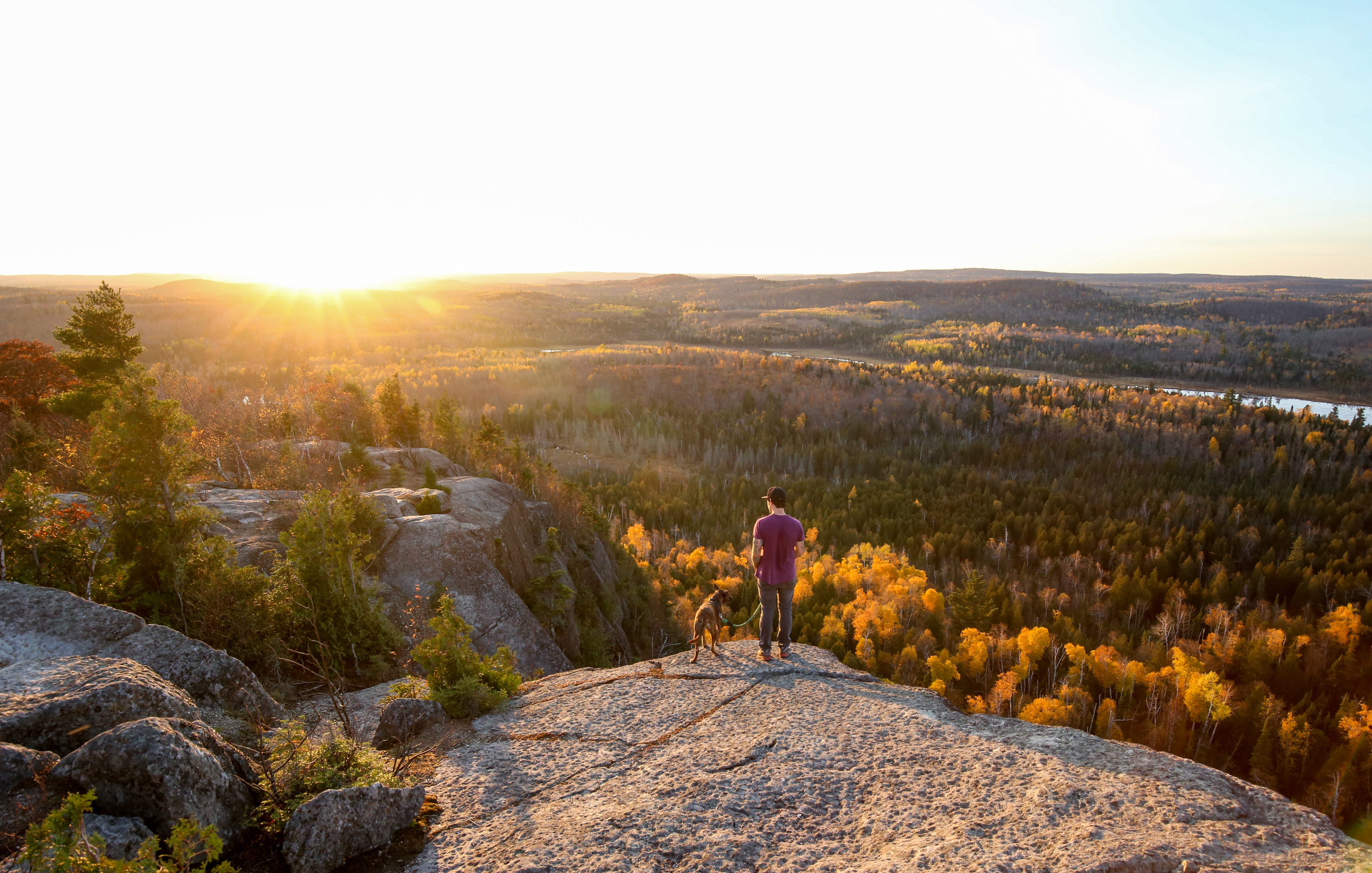
Sunset on the Superior Hiking Trail / Alyssa Hei
KNOW BEFORE YOU GO
- A vehicle permit is required to enter Minnesota state parks. Save time by ordering one online before you arrive at the park.
- For comfort and safety on the trail, be sure everyone has appropriate footwear (tennis shoes, not flip-flops).
- Bring a water bottle for each hiker as well as plenty of sunscreen, bug spray and snacks.
- Pick up a paper map at the park office or load a GeoPDF map before you leave (don’t rely on your phone to navigate because cell and Internet service may not be available in the woods).
- The accessible trails at Minnesota state parks are stroller friendly as well as wheelchair friendly.
- Some Minnesota state parks have all-terrain electric wheelchairs for use on unpaved trails.
- If your dog will be hiking with you, keep it on a leash and clean up after it.
- Don't pick wildflowers or otherwise disturb the landscape. "Take only photos, leave only footprints."
DISPERSED CAMPING
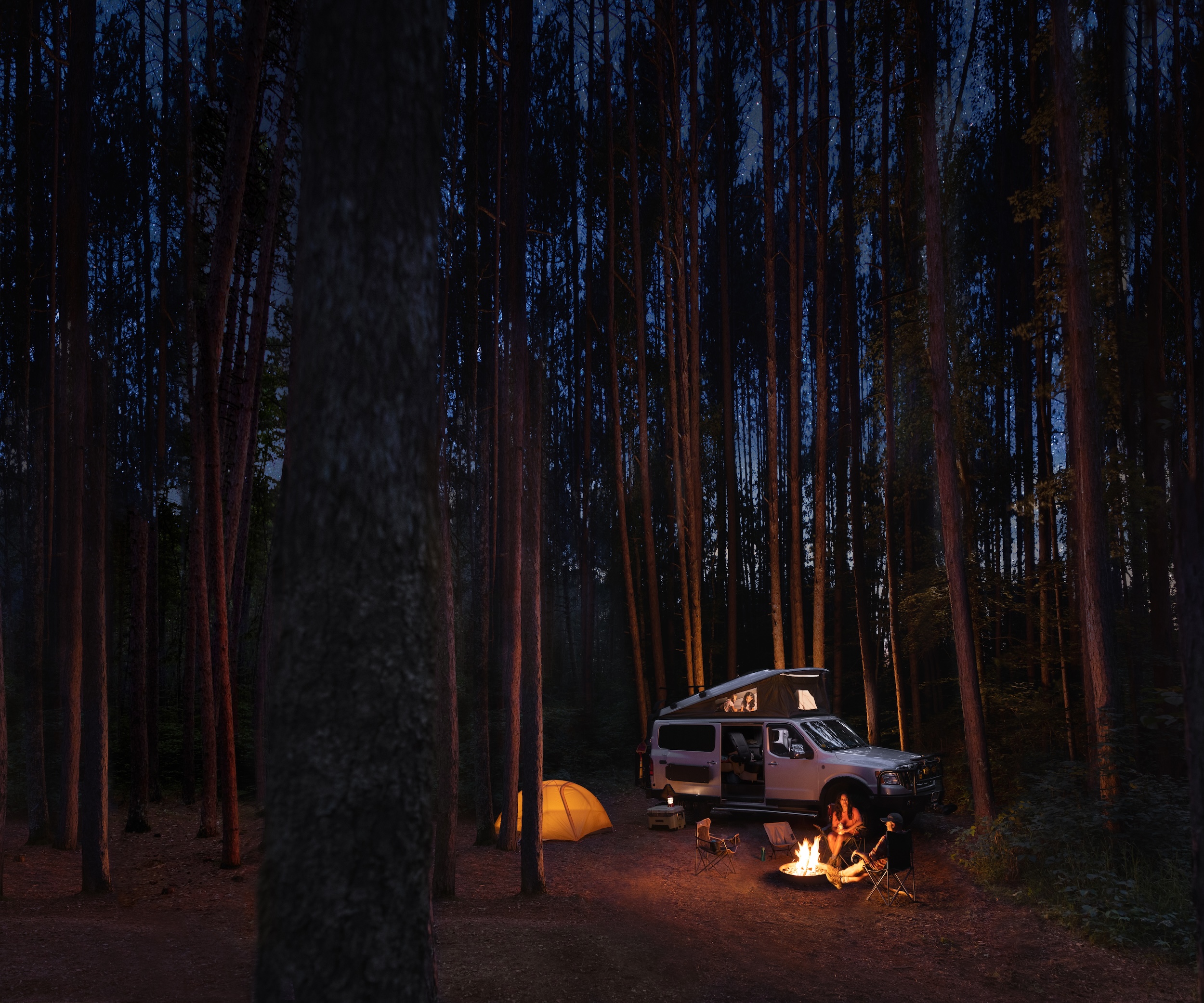
A family camps near Cass Lake in Chippewa National Forest / Credit: Paul Vincent
State & National Forests
If you want to get remote and you don’t even need a campsite, you can head out into Minnesota’s state and national forests for “dispersed camping,” which is allowed on public lands. Essentially you just hike into the woods and make camp. In Minnesota State forests, you need to camp at least one mile from designated campgrounds, and you may not camp in parking lots or trailheads.
The Minnesota DNR advises: “Dispersed campers can camp in any suitable site that already exists or any opening in the woods — such as a natural clearing, meadow, or timber sale landing. You cannot create new campsites by cutting trees or vegetation. Pick a location that has level ground with good drainage. Place camping equipment to avoid damage to plants. To prevent damage to water quality and important riparian habitat select a campsite more than 100 feet from any water source.”
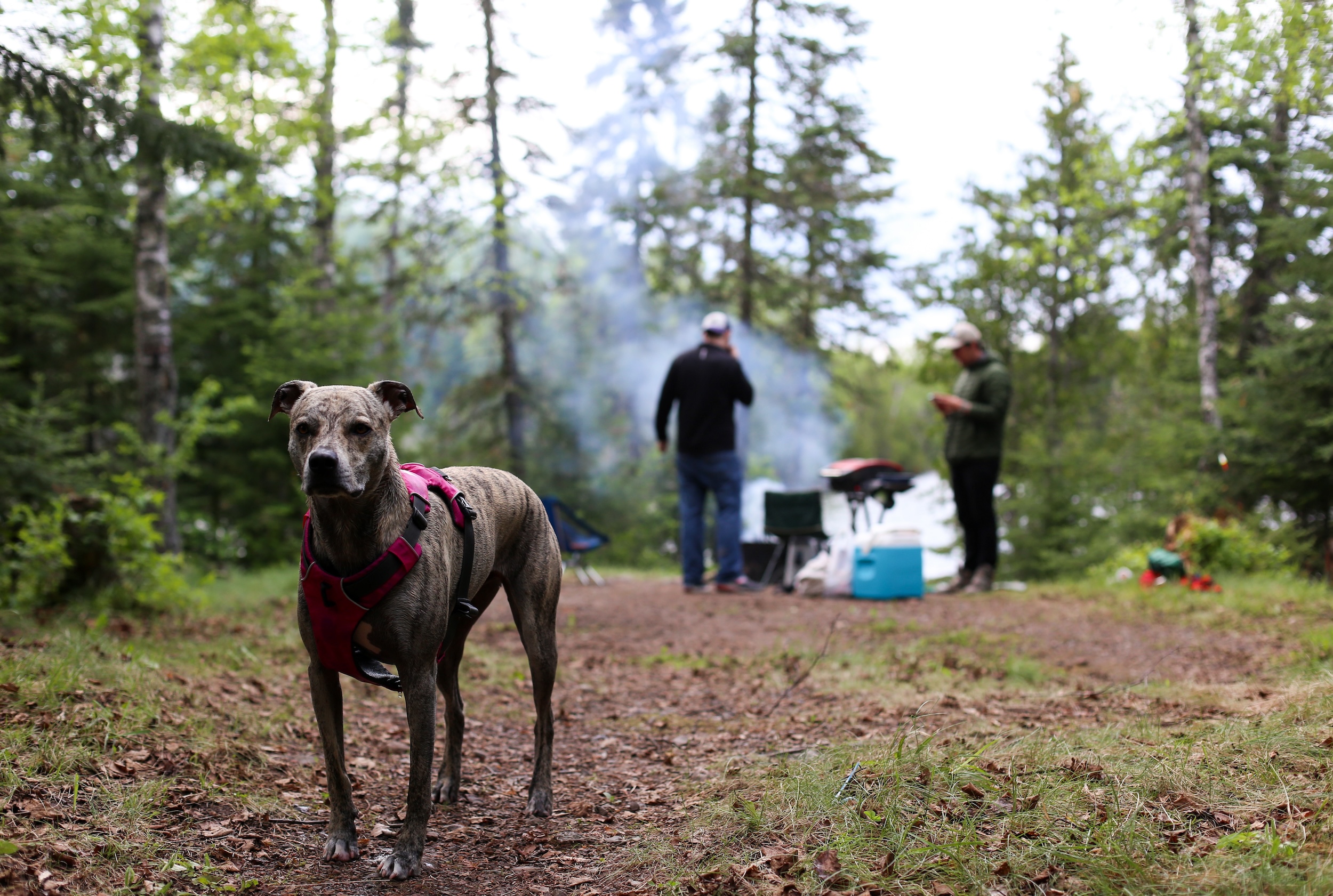
A couple friends camp with a dog in the Superior National Forest / Credit: Alyssa Hei
Dispersed camping is allowed in the Superior National Forest outside the Boundary Waters Canoe Area. You’ll need to obey fire restrictions, and you cannot cut live trees or dig trenches. Either use a camping stove or erase all traces of your fire. You’re not allowed to leave your campsite for more than 24 hours.
Chippewa National Forest also allows dispersed camping, which it refers to as primitive camping. According to the U.S. Forest Service, “there are over 60 maintained dispersed campsites in the forest. In addition, most of the Chippewa National Forest is open for primitive camping, which can occur anywhere except in developed sites or where otherwise posted.”
And remember, no matter where you camp, and now matter how remote, leave no trace.
Find more camping tips in Minnesota.


